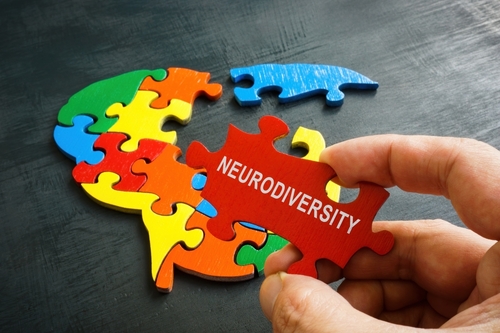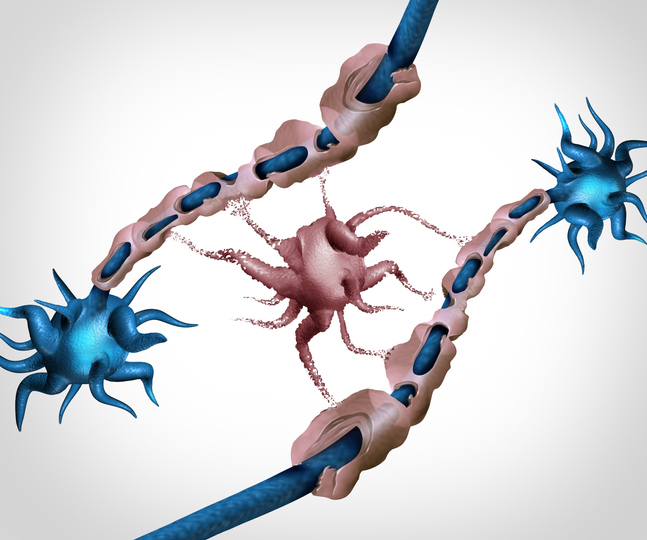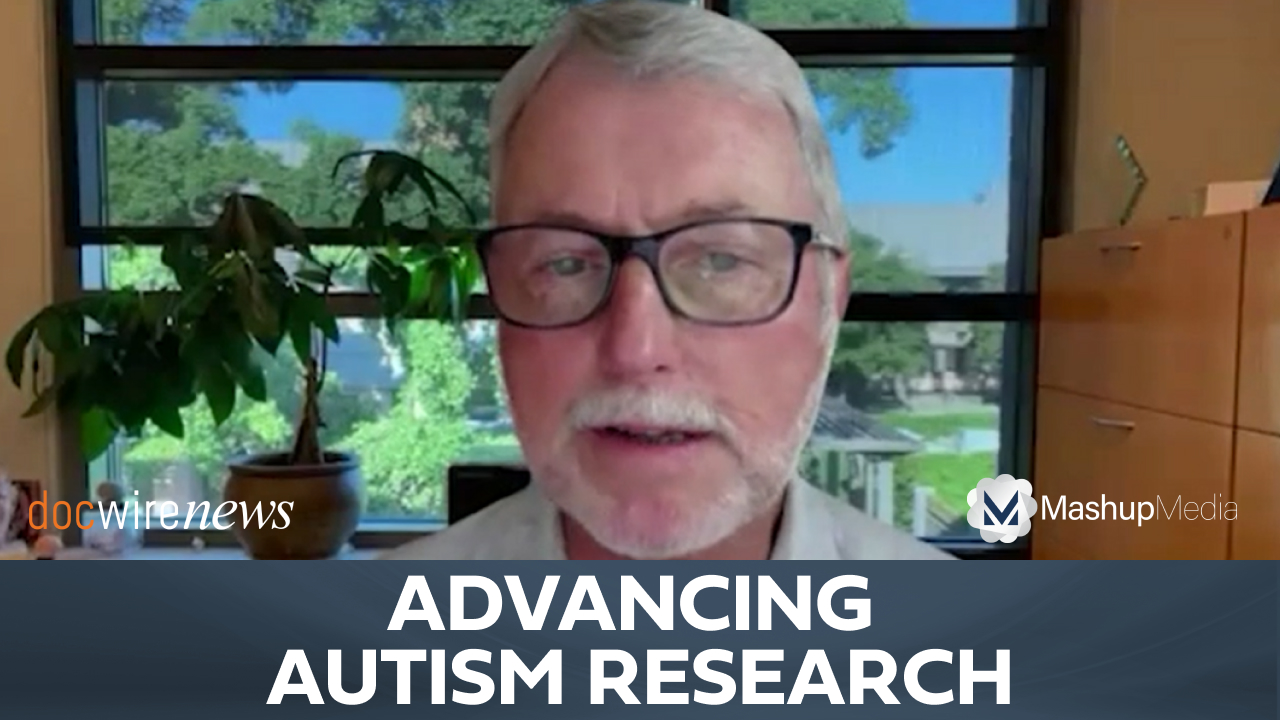
Children under the age of 10 with neurodivergent traits are twice as likely to suffer from chronic fatigue by the time they reach 18 years of age, according to a study published in BMJ Open.
Neurodivergence, the investigators noted, “describes neurodevelopmental conditions such as autism and attention-deficit/hyperactivity disorder (ADHD) and supersedes the traditional, deficit-based view of these conditions.” While the prevalence of autism is estimated at around 1.0% and up to 5.4% for ADHD, recent reports estimate that at least 10% to 15% of the population is neurodivergent. Neurodivergent individuals are more likely to experience chronic fatigue and neurodivergence commonly co-occurs with mental and physical health conditions.
In this study, researchers assessed the link between increased experiences of chronic fatigue and neurodivergent traits. They postulated that “a neurodevelopmental pathway from childhood neurodivergent (autism, ADHD) traits to experiencing chronic disabling fatigue in adolescence and tested whether increased peripherally circulating inflammatory markers (IL-6) impacted on this relationship.” They selected IL-6, as a previous study demonstrated increased levels in both autistic and ADHD patients.
Researchers used data from the Avon Longitudinal Study of Parents and Children (ALSPAC), which is a birth cohort of 14,541 live births. In ALSPAC analysis, parents and children regularly completed postal questionnaires about a comprehensive number of aspects of their child’s and their own health and development starting at birth. In the present study, researchers assessed patients 7, 9, and 18 years of age. At age 7, they assessed 8115 parents and caregivers who filled out the Social and Communication Disorders Checklist, a score used to identify autistic traits. At age 9, they analyzed the parents and caregivers of 8063 children who completed the Strengths and Difficulties Questionnaire, which is used to estimate ADHD traits.
Results Highlight the Need for Early Intervention
According to the results, children with neurodivergent traits at ages 7 and 9 years were twice as likely to experience chronic disabling fatigue at age 18 years (likely ADHD odds ratio [OR], 2.18 (95% CI, 1.33-3.56); P=.002; likely autism OR, 1.78 (95% CI, 1.17-2.72); P=.004). The researchers observed that levels of IL-6 at age 9 were associated with chronic disabling fatigue at age 18 (OR, 1.54 (95% CI, 1.13-2.11); P=.006). Also, they found that inflammation at 9 years of age mediated the effects of neurodivergent traits on chronic disabling fatigue (indirect effect via IL-6: ADHD b=1.08 (95% CI, 1.01-1.15); autism b=1.06; (95% CI, 1.03-1.10)). The researchers noted that all the effects remained significant when controlling for the presence of depressive symptoms.
“Our findings call for transdiagnostic screening practices to support health and well-being during development and adolescence. Critically, children who are suspected to be or diagnosed as neurodivergent should routinely be screened for physical and mental health concerns. Earlier integration of brain-body concerns in a holistic framework can facilitate tailored support and improve quality of life of neurodivergent individuals of all ages,” the researchers concluded. They added that, based on their findings, they call for “timely access to health care, extra attention, and early intervention targeting health concerns at critical time points for neurodivergent children.”







 © 2025 Mashup Media, LLC, a Formedics Property. All Rights Reserved.
© 2025 Mashup Media, LLC, a Formedics Property. All Rights Reserved.